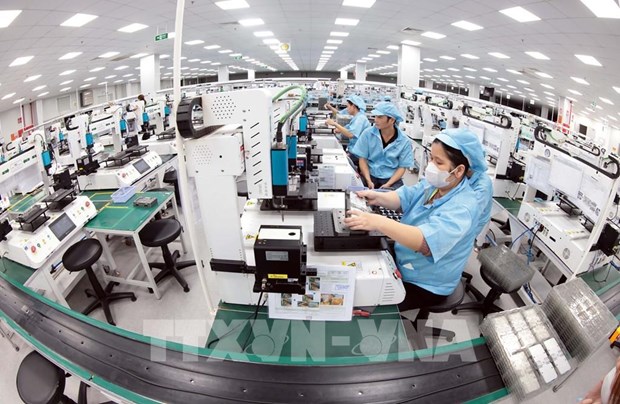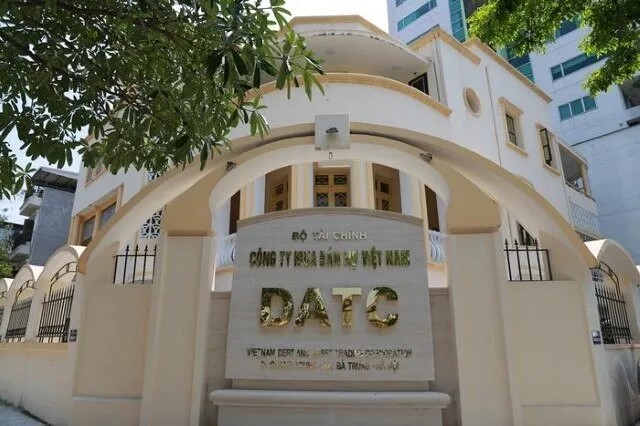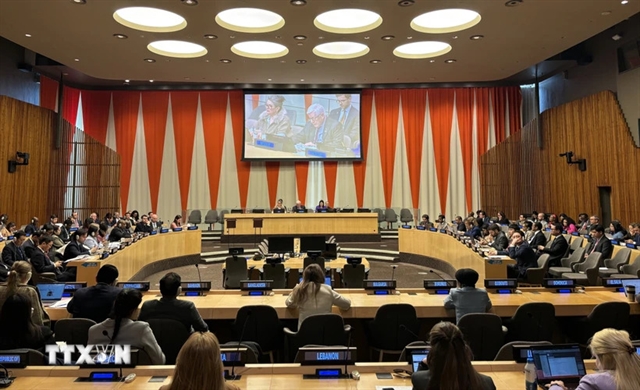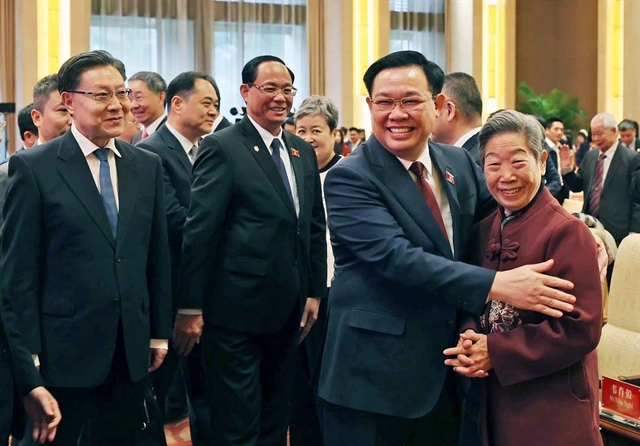 Politics & Laws
Politics & Laws

The investors’ failure to acquire enough capital for construction works on a critical highway connecting Hà Nội and northern localities has threatened to derail the project, once again calling into question the viability of the Build-Operate-Transfer (BOT) model.
 |
| Toll station on National Road 6, located at Lương Sơn District of the northern province Hoà Bình. — VNA/VNS Photo Nhan Hữu Sinh |
HÀ NỘI — The investors’ failure to acquire enough capital for construction works on a critical highway connecting Hà Nội and northern localities has threatened to derail the project, once again calling into question the viability of the Build-Operate-Transfer (BOT) model.
With increasing demands for socio-economic infrastructure investment, the Government’s constrained budget requires partnerships with private investors.
However, in the face of the investor’s violations, on January 31, transport minister Nguyễn Văn Thể issued an ultimatum that the investor must fulfill the contract signed with the ministry, or the contract would be terminated within 10 days.
The ministry’s hard-line move is considered too little too late as the project is already a year behind schedule.
The Hoà Lạc – Hoà Bình BOT project (National Road 6) has total investment of nearly VNĐ 3 trillion (US$131.2 million) via a joint-venture between the defence ministry’s Corporation 36 and two private companies, Thành Lộc Construction JSC and Hà Nội Investment and Trade JSC.
The project comprises two components, building the 25.7km of Hòa Lạc – Hoà Bình highway and upgrading the 30.6km Xuân Mai – Hoà Bình section of National Road 6. The latter component was completed in 2015 April and toll collection started in October that year. Meanwhile, progress on the Hoà Lạc – Hoà Bình highway has been stagnant.
According to reports, the transport ministry allowed the investor to collect fees from drivers even though the two components are not completed.
The contract between the transport ministry and the joint-venture states that once the Xuân Mai – Hoà Bình section is completed, the investor can construct a toll station at Km42+730 (Lương Sơn District, Hoà Bình Province) on National Road 6 and begin collecting fees worth VNĐ100 billion from 2015 August 1 to 2016 July 31.
The figure would be used to invest in the Hoà Lạc – Hoà Bình section and the toll collection for the section could commence when the construction works are finished.
The transport ministry contended this term is meant to “shorten the capital payback period.” However, toll fees collected at the BOT station Lương Sơn have surpassed the contract’s figure by VNĐ70 billion, reported Kinh tế & Đô thị (Economic and Urban affairs) newspaper.
Another problem found was that between the three companies in the joint-venture, Corp 36 is supposed to be the ‘main player’ contributing VNĐ150 billion, while Hà Nội Investment and Trade JSC and Trường Lộc JSC contribute VNĐ130.9 billion and VNĐ93.5 billion, respectively.
However, currently, only Corp 36 has fulfilled their duty while there is still another VNĐ89 billion required.
The joint-venture’s insufficient equity forced the Saigon Hà Nội Bank commercial bank to halt disbursement of the remaining half of the loans, despite their earlier commitment.
The bank was originally to supply capital worth nearly VNĐ2 trillion, or 78 per cent of the project’s total investment, based on the investors’ financial plan.
Lưu Việt Khoa, deputy director of the transport ministry’s Project Management Unit 2 (PMU2), said that the bank would resume the disbursement when the investors mobilise all of the required equity.
Even more troubling is the fact that the joint-venture obtained an investment certificate without equity requirements being met.
After three extension windows granted for the investors to implement the project, the transport ministry said that if the contract is concluded prematurely, the investor can no longer operate toll collection at the Lương Sơn BOT station and only 80 per cent of what they have spent on the project will be paid back, while the ministry would retain the remaining 20 per cent.
Patchwork
Professor Từ Sỹ Sùa, senior lecturer at the transport university in Hà Nội, said what happened at BOT National Road 6, similar to other BOT traffic projects else in the country, is due to “borrowed capacity” on the part of the investor.
Sùa contended that in other countries, the investor must be fully self-reliant – in terms of finance, or traffic construction expertise and experience.
Meanwhile, in Việt Nam, investors’ funds come mostly from loans, or specifically, short-term loans, while BOT projects are long-term, leading to weak financial feasibility.
Experts have also pointed out problems in the transport ministry’s bidder appointment mechanism, or selecting a general contractor/investor without going through proper public bidding.
Nguyễn Văn Thanh, Chairman of Việt Nam Automobile Transport Association, said in the case of BOT Hoà Lạc – Hoà Bình project, the onus is on the transport ministry.
Thanh urged the ministry to address the issue as soon as possible, as prolonging the project would mean higher accrued interest. — VNS









